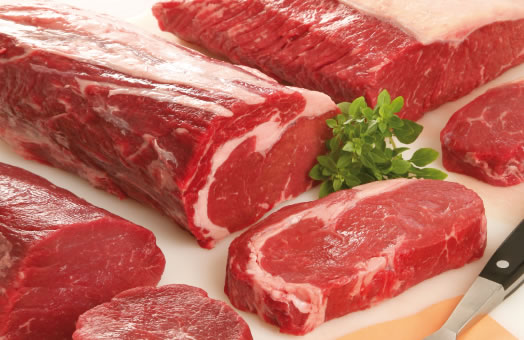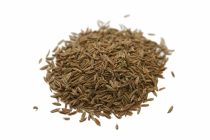It’s only appropriate to have a wealth of different kinds of beef at a country-style BBQ, but do you really know what kind of beef you are eating? Whether you’re ordering at a high-class BBQ restaurant, trying to decide what kind of meat to get for catering, or just working toward a goal of being a BBQ expert, it’s essential that you know the differences between each cut of beef. Simply put, there are different ways to cook, cut, and master every different cut of beef. With that in mind, following is a brief go-to guide for having a better aptitude on an assortment of desired beef cuts.
Chuck:
The chuck of a cow is also sometimes referred to as the 7-bone steak, due to shape of the bone involved. The chuck is located between the shoulder and neck of the cow, and chuck cuts are prepared best through longer preparation methods like smoking or via a crockpot.
Brisket:
The brisket is a cut made for many BBQ lovers, found in the breast or lower-front region of the cow. Many find this kind of meat delectable once it’s topped with homemade country-style gravy. Brisket is best cooked either smoked or braised.
Rib:
When cooked and prepared in the right manner, ribs can offer some of the finest and juiciest cuts of any steaks. The tender cut of ribs paired with proper marbling and flavor makes for a highly demanded beef cut. What’s more, properly prepared BBQ sauce added to a cut of ribs makes this beef all the more irresistible. Ribs are prepared best over dry heat for an extended period of time. Grilling or smoking these tender cuts of meat is best for tasteful satisfaction.
Flank:
Often regarded as one of the toughest cuts of meat, the flank is a long cut of meat taken from the abdomen of the cow. Due to its rather tough exterior, the flank is cooked best by braising the meat. It’s rich, beefy flavor couples well when its rolled, stuffed, and baked in the oven.

Sirloin:
The sirloin cut is found along the back of the cow, just beyond the short loin. The sirloin is a very popular cut of meat, even though other loin cuts are often preferred. It’s not as tender as standard loin cuts, which allows for alternate methods of cooking it by either sautéing, broiling or pan-frying.
Shank:
Found on the leg of the cow, the shank cut is known as another very tough cut of meat. This meat is extra tough due to the constant use of the cow’s leg muscles to continuously support its body. It’s rough exterior has made the shank one of the cheapest kinds of cuts on the cow. Nonetheless, the shank is the perfect addition to a beef stew or soup because it tastes best when it’s prepared over a long period of time.
Tenderloin:
This is among the tenderest cuts of steak. This boneless cut is found from the long muscle that appears alongside the backbone of the cow. The tenderloin strip is cooked best from a dry heat base such as a grill.
Tri-Tip Steak:
A perfect steak for grilling, the tri-tip steak is cut from the tri-tip roast. The tri-tip roast is found at the point where the sirloin meets the flank and round. Its flavor is potent at best by marinating the tri-tip first or through exceptional marbling.
Filet Mignon:
Coined from Europe, the term filet mignon translates to small (mignon) boneless meat (filet). This beef comes from the tenderloin cut and accounts for a very small part of the steak. Filet mignon is recognized for its tender cut served best rare to medium rare. Perfected with light seasoning, filet mignon is a favorite of steak lovers on any dinner menu.
Rib Eye:
Known as one of the most expensive cuts of meat for its sheer splendor and taste, the rib eye is valued for its flavorful juiciness. Also known in its uncut form as the prime rib, rib eye has manifested itself into a favorite from its other name: the beauty steak. An excellent method for cooking rib eye is by either grilling or broiling the cut with or without the bone.
Written by the staff of Lutz’s BBQ, where they serve up tasty BBQ and provide some of the best service for catering Columbia MO has to offer.





